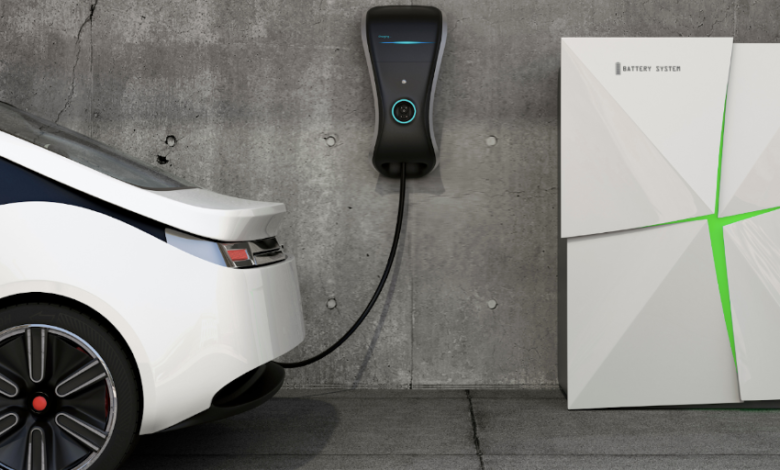
Telematics has been a crucial tool for managing fleets for a considerable time, enabling businesses to monitor and track their vehicles in real time. However, recent technological advancements have significantly increased the volume of data generated by cars, improved Internet of Things (IoT) connectivity, and enhanced dashcam footage with the possibility of 4K uploads. Consequently, telematics within fleets has become even more vital, facilitating businesses to optimise operations, reduce expenses, and enhance safety.
One of the most notable advantages of telematics is the ability to monitor the location and performance of vehicles in real time. This information is of great value to fleet managers, enabling them to optimise routes, minimise idle time, and ensure efficient vehicle usage. Furthermore, with the augmented data output from modern vehicles, this information is more precise and comprehensive than ever, allowing fleet managers to make more informed decisions.
Telematics has, of course, been around for quite some time. However, the recent popularisation of electric vehicles (EVs) in the past few years has increased the volume of data and analytics being sent and received from vehicles. EVs are rarely basic models, with the majority using state-of-the-art technology, so they tend to have more advanced telematics than other vehicles, even more than high-end combustion engine vehicles (CEs).
The difference between CEs and EVs is that EVs have more diagnostics than traditional cars, and companies like Tesla constantly collect data from their vehicles. This data can be used to improve the car’s performance and identify potential problems before they become significant. The likes of Tesla take this even further, with collected data being used to develop new products, including autonomous driving, which goes far beyond just location and performance data, with HD video footage required too.
As a result, the automotive industry is becoming more interested in sending larger quantities of data from newer EVs to improve their functionality and performance. This presents a challenge, of course. When such high volumes of data are required for upload from a ‘device’ (i.e. the car) which is constantly on the move, at variable speeds and in non-linear directions, the network connectivity must be robust, reliable, and responsive.
In fact, there’s another reason why EVs tend to have more advanced telematics; there is simply a lot of extra IoT technology that goes into them and their accessories. For example, most EVs have charging stations which are also connected to networks for data collection. This data can be used to monitor the charging station’s performance and optimise the charging process for maximum efficiency. Both the car and charging station can feedback to the driver (and fleet managers) remotely to provide alerts when their battery is fully charged.
Such a vast amount of advanced telematics in EVs has great benefits for fleet managers since it significantly helps reduce maintenance costs. Collecting data on the cars’ performance and its various components makes it possible to identify potential issues early on and address them before they become significant problems. Improved maintenance via data collection as a result of IoT within vehicles helps extend a vehicle’s life and reduces the need for costly repairs down the line. Additionally, having more advanced telematics can also help improve the car’s safety, as it allows for more accurate monitoring of various systems and components, allowing for manufacturers to make improvements, which, if related to firmware, can be sent via the same networks and updated remotely; an entire fleet updated in mere seconds.
Finally, the advanced telematics in EVs can also positively impact the environment. By collecting data on the car’s performance and its various components, it is possible to optimise the vehicle’s energy efficiency and reduce its carbon footprint. Additionally, the data collected from charging stations can be used to identify areas where more charging infrastructure is needed, which can help to accelerate the adoption of EVs and reduce our reliance on fossil fuels. It’s clear to see that advanced telematics in electric vehicles is helping to pave the way for a more sustainable and efficient transportation system.
The role of IoT in telematics has revolutionised how businesses manage their fleets of vehicles. With the ability to collect and transmit real-time data on various variables, including vehicle performance and driver behaviour, IoT has enabled organisations to optimise their operations, reduce costs, and improve safety.
With the introduction of EVs, this role has grown significantly, with far more data being sent and received from not just cars themselves but charging stations too. The great thing is the huge benefit this represents to drivers, fleet owners, manufacturers, and, as discussed above, the environment too. The advancements made in the past few years have been great, and it’ll be even more exciting to see what comes next.




